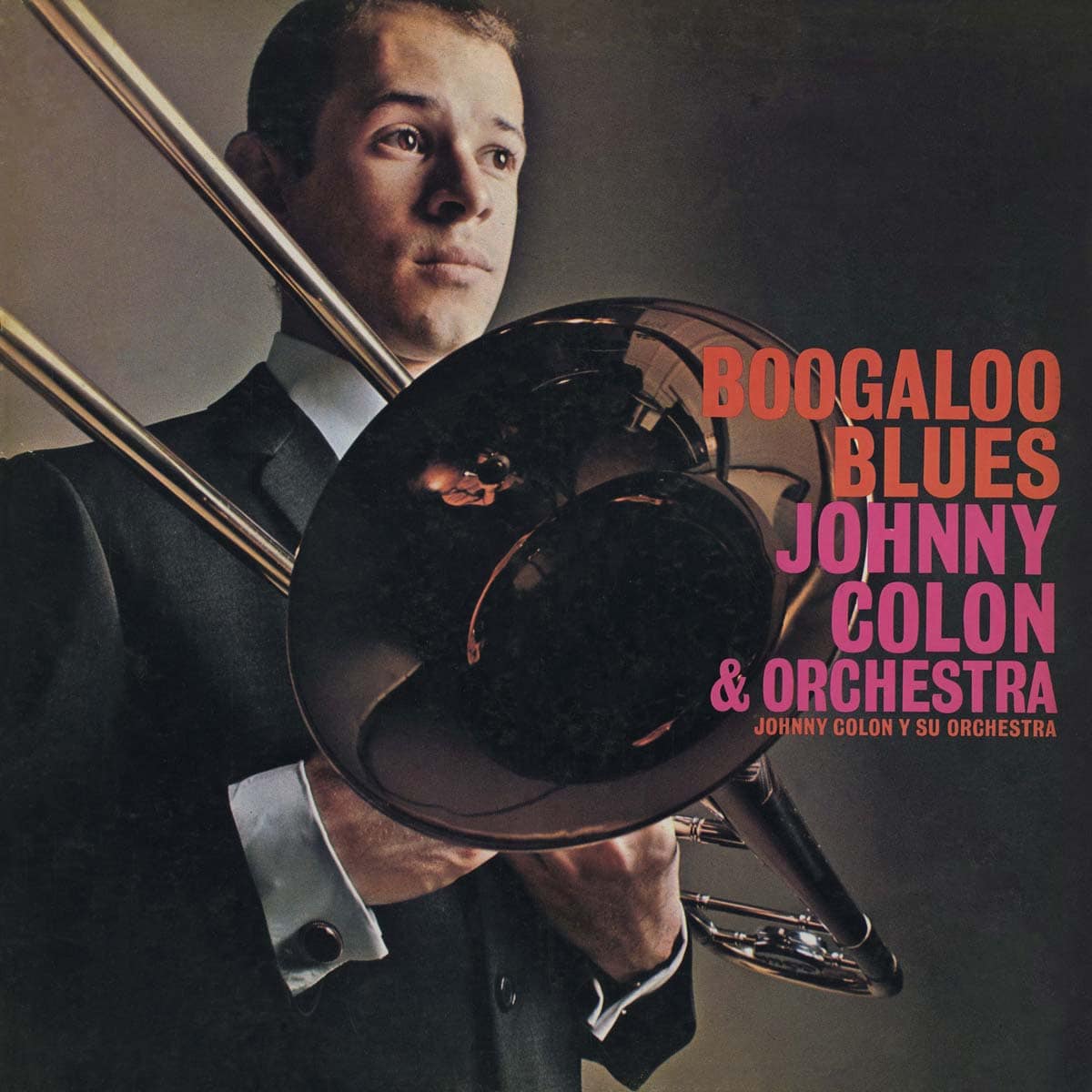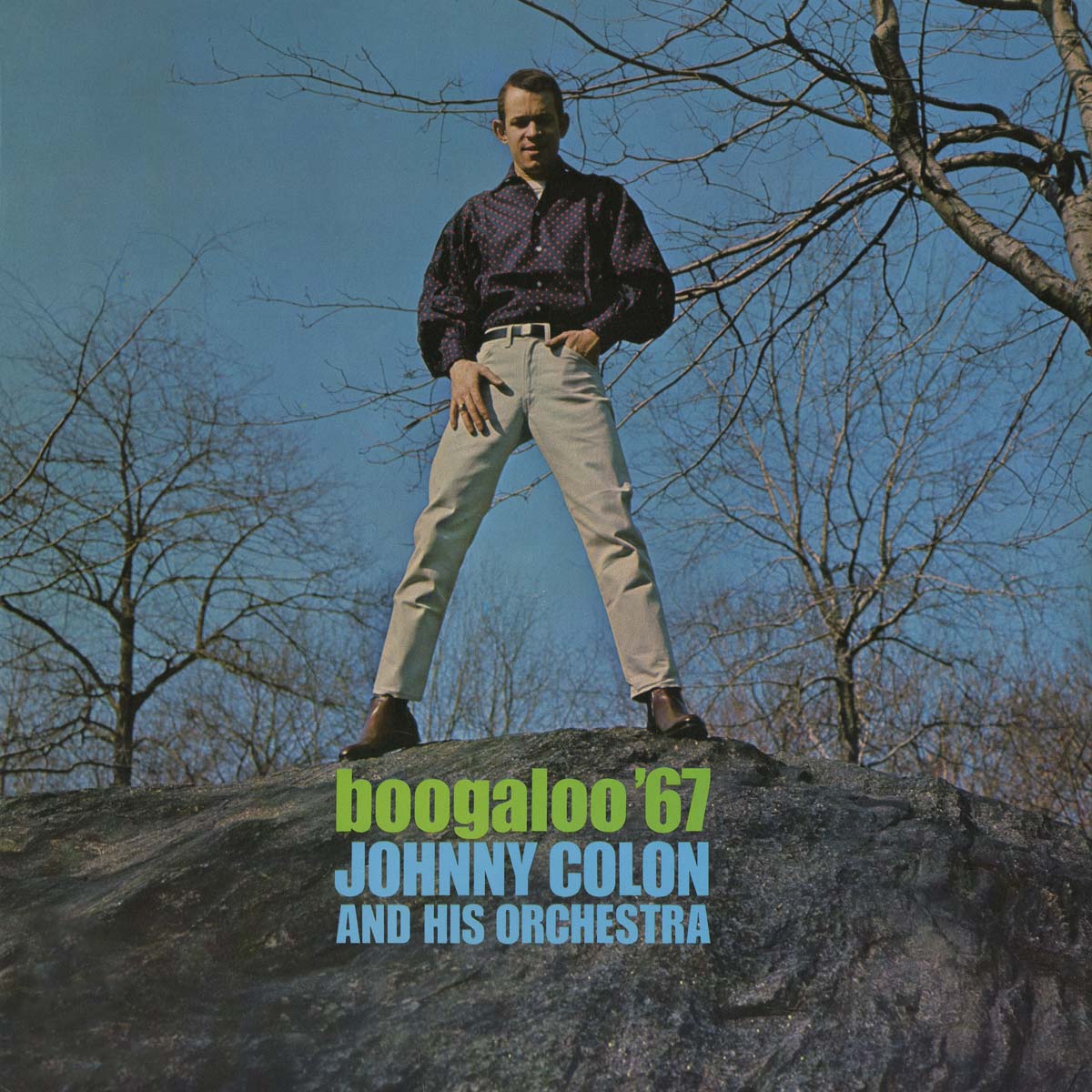
The fusion of Cuban son with pop, Soul, Rhythm & Blues and other African-American formats resulted in the quintessential New York genre known as boogaloo It was the first original offering created by the musicians from the Latin barrio, most of them of Puerto Rican origin. One of them was pianist, trombonist, singer and composer Johnny Colón. Johnny ventured into the record business with Boogaloo Blues, an LP produced by George Goldner in 1966. Distributed by Cotique Records, the album sold about three million units worldwide.
Popularized by Puerto Rican pianist Pete Rodríguez, boogaloo was a resounding success. Rodríguez recorded “Micaela,” “I Like It Like That” and a number of other hits. Joe Cuba, Ricardo Ray, Ray Barretto and Puerto Rico’s El Gran Combo recorded their own boogaloo tracks, creating a musical bridge between the mambo and ’70s salsa.
In the mid-’60s, anyone who recorded a boogaloo was hip. Using a two-trombone combination that evoked the sound of Barry Rogers and José Rodrígues in Eddie Palmieri’s La Perfecta, as well as a solid rhythm section that echoed Joe Cuba’s sextet, Johnny established himself in the salsa circuit.
The winning formula of Boogaloo Blues resulted in a number of records for Cotique, including Boogaloo 67, Move Over, Portrait Of Johnny, Caliente De Vicio and Tierra Va A Temblar.
The secret of their success was not purely musical. The lightness of the lyrics at hand provided an escape from the national trauma created by the Vietnam War. Equally effective was the singing (in both English and Spanish) of Rafael “Tito” Ramos, whose phrasing brings to mind Cheo Feliciano. A few years later, Ramos would enlist backup vocalist Tony Rojas for the TNT Band, recording the hit single “Sabré Olvidar.”
“Boogaloo Blues,” the new hybrid enriched by the soulful beat that gave birth to rock and jazz, shatters the conventions of ’60s orchestrations beginning with a piano solo by Johnny. His exquisite musicality and solos shine throughout this recording.
At a time when hundreds of youngsters found refuge in drugs, a track like “Mira Ven Acá” presents substance addiction as an escape from the realities of war and national mourning. “Mulata que bota candela,” the chorus sings, adding the expression “a capear,” which means to buy drugs in the subculture of drug trafficking.
The descarga, or jam session, another distinctive element of New York music in the ’60s, appears frequently on this album – as well as the fusion of boogaloo with Afro-Caribbean beats such as bomba and guajira on tracks like “Mi Querida Bomba” and the classic “Guantanamera.” The latter is one of the record’s best moments, together with the bolero “Judy.”
Johnny Colón was one of the artists who did not transcend the boogaloo era. In 1972, during the salsa explosion spearheaded by Fania Records, he founded the East Harlem Music School, where he teaches workshops on the history of salsa and its interpretation.
In January of 2008, Johnny Colón returned to music with an album titled Keeping It Real.
Credits
Johnny Colón – Director, Piano, Trombone
Robert Lemus – Trombone
Angelo Rodríguez – Trombone
Walter Oyola – Acoustic Bass
Joe Venero – Congas
Hermán Martínez – Timbales
Louie Mangual – Bongos, Cowbell
Freddy Rivera – Percussion Güiro
Lead Vocal – Rafael “Tito” Ramos
Chorus – Johnny Colón, Milton Cardona, Tony Rojas
Producer – George Goldner
Recorded at – Mirasound Studio, NYC
Recording Engineer – Ron Johnson
Recording Director – Johnny Colón
Musical Arrangements – Johnny Colón
Diseño de la Portada Original – John Murrello
Original Cover Photography – Charles Stewart
Graphic Format Design – Louise Hilton
Graphic Montage & Digital Output –
Remastered By – Miami Tape
Liner notes written by Jaime Torres Torres



